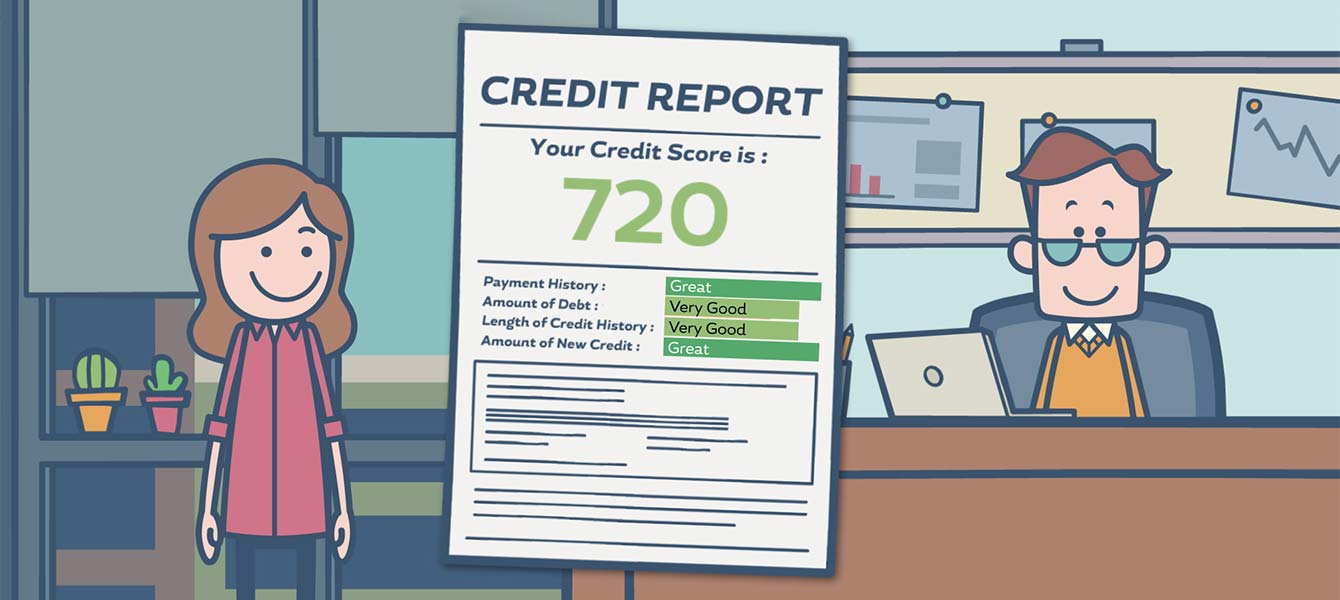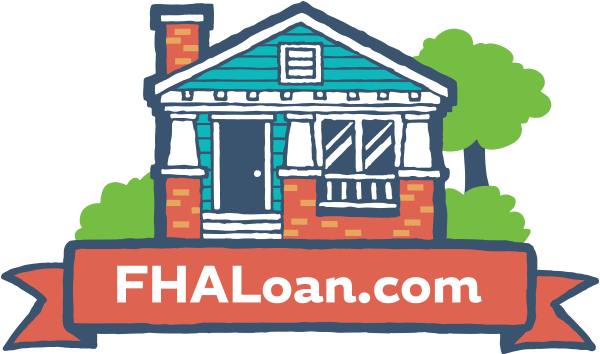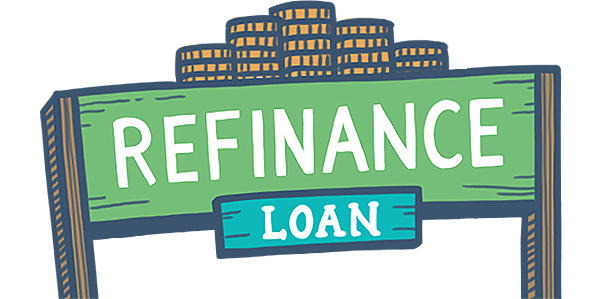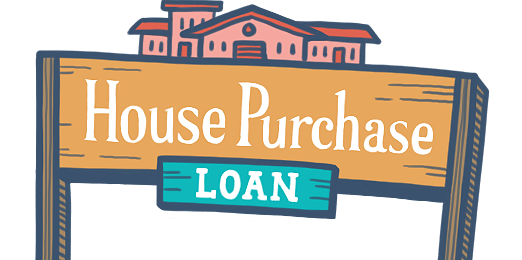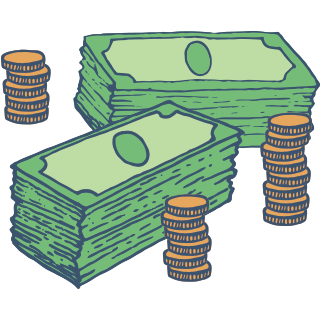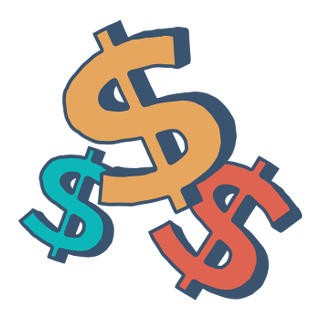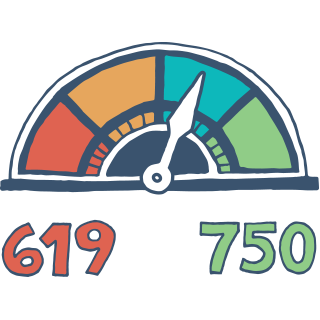
FHA Loan Requirements for 2024
580 Credit Score -and- 3.5% Down Payment
The FHA loan program lets you purchase a home with a low down payment and flexible guidelines. FHA refinance mortgages are a great option for those who want to lower their monthly mortgage payment or consolidate their bills.
See how we make the American dream a reality. Whether you're a first-time homebuyer moving to a new home, or want to refinance your existing conventional loan to an FHA mortgage, there's an FHA program suited to your needs. With no income limits or credit scoring, many people who can afford the monthly mortgage payments and have reasonable credit will qualify for an FHA mortgage.
FHA Loan Articles
March 13, 2024There are plenty of reasons to delay plans to refinance a home. One reason has made big headlines. When borrowers face higher interest rates than originally approved for, that is a good reason to wait to refinance.
February 12, 2024When you are approved for an FHA One-Time Close Construction loan, you get a single loan that pays for both the costs to build the house, and serves as the mortgage. One application, one approval process, and one closing date.
November 22, 2023In the last days of November 2023, mortgage loan rates flirted with the 8% range but have since backed away, showing small but continued improvement. What does this mean for house hunters considering their options to become homeowners soon?
November 4, 2023In May 2023, USA Today published some facts and figures about the state of the housing market in America. If you are weighing your options for an FHA mortgage and trying to decide if it’s cheaper to buy or rent, your zip code may have a lot to do with the answers you get.
October 14, 2023FHA loan limits serve as a crucial mechanism to balance financial sustainability, regional variations in housing costs, and the agency's mission to promote homeownership, particularly for those with limited financial resources.
